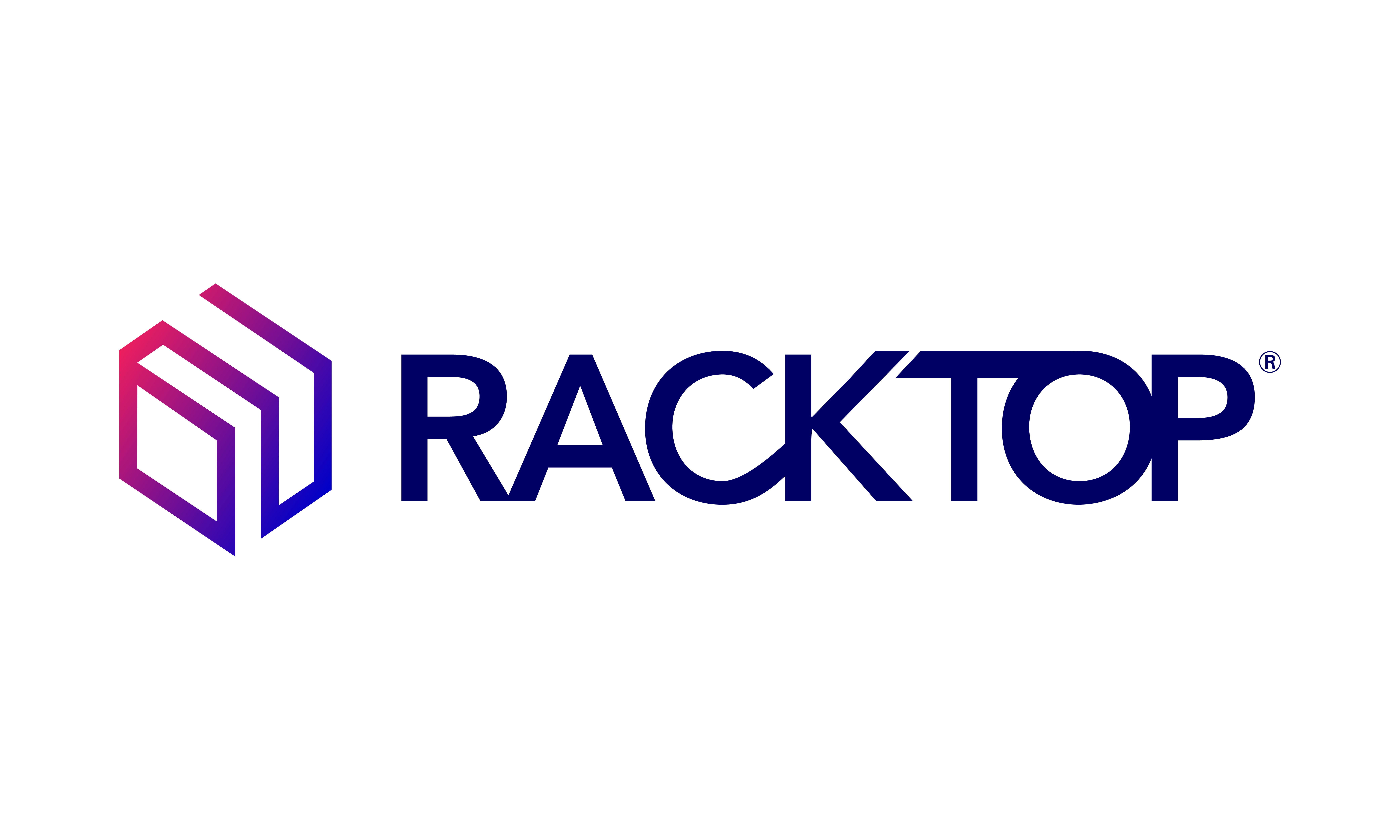Long term “archive”, like online storage, will become a popular trend in 2016. The conversations will center around keeping useful data indefinitely when there could be value derived from this data in the future. The ability to keep data online and available for business intelligence and analytics will allow organizations to leverage all of their data for more complete answers to business questions. The cost of long term online cloud storage is now at a price where companies will realize they can’t afford to get rid of the data because they will lose competitive advantages. The cloud and data companies that will win in this game will be the ones that make it easy for the users to manage, protect, and utilize that data easily.
All Flash storage will continue to see growth and become the “go to” storage of choice for a majority of high performance use cases including data analytics, ERP, and VDI. Rather than worrying about performance and sizing storage for these use cases with relatively high IO to capacity requirements users will just choose a flash option and realize the TCO savings through saved architecture engineering and management and increased productivity relative to increased cost.
3D XPoint (pronounced cross point) NAND technology will be a big enough performance boost over 2015’s NAND that it will change the architecture and data tiering on different storage mediums. NVMe is making its major push finally into the market with PCI based low latency access between the flash on the card and the CPU. We will see some very fast 3D X-point flash on these devices that will eliminate the need for some system RAM in solutions seeking a lower price point with great performance. We will then see a larger amount of SATA/SAS SSD’s in the next tier of flash with this technology. This will further push more workloads to flash because of the projected price and endurance of 3D X-point.

